A mummy that bears a close resemblance to the artist Vincent van Gogh has been discovered in a Spanish church.
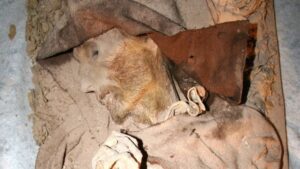
The actual identity of the mummy is unknown. It was one of 30 found when restoration was done on the Assumption of Our Lady in the village of Quinto, near Zaragoza, Spain. According to Discovery News, the mummies were stumbled upon in 2011 but a project to study the collection was only launched in 2014.
Mercedes González, director of the Instituto de Estudios Científicos en Momias in Madrid said the project was “ongoing”.
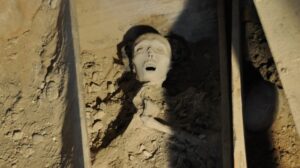
The bodies were mummified naturally because of the region’s dry soil and were found in partially open coffins under the floor of the church. The mummies, 11 of which are adults and 24 children, date from the late 18th to early 19th century and some wore monk’s clothing.
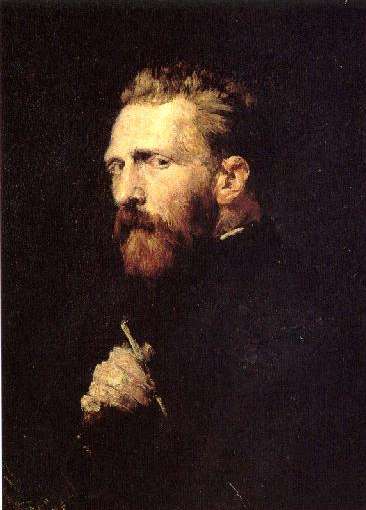
“In Spain it was very common for people to be buried with habits of a religious order. Some of these mummies wear Franciscan habits, but they are not monks,” said González.
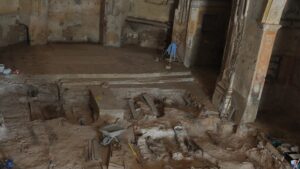
Real monks were buried barefoot, she explained, whereas these were buried with a local make of shoe.
The Van Gogh mummy is one of those in religious clothing and has similar facial hair to that in the famous self-portrait of the French artist. González said it was not unusual for hair to be well preserved in dry environments but added little was known about the person.
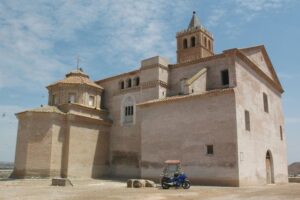
The project is currently waiting on the results of several tests which González hopes will shed more light on his life. However she said it was likely he died in one of a number of epidemics that swept through that region at the time.
The project has begun with studying five mummies – two adults and three children – and researchers hope to investigate the remaining 25.





